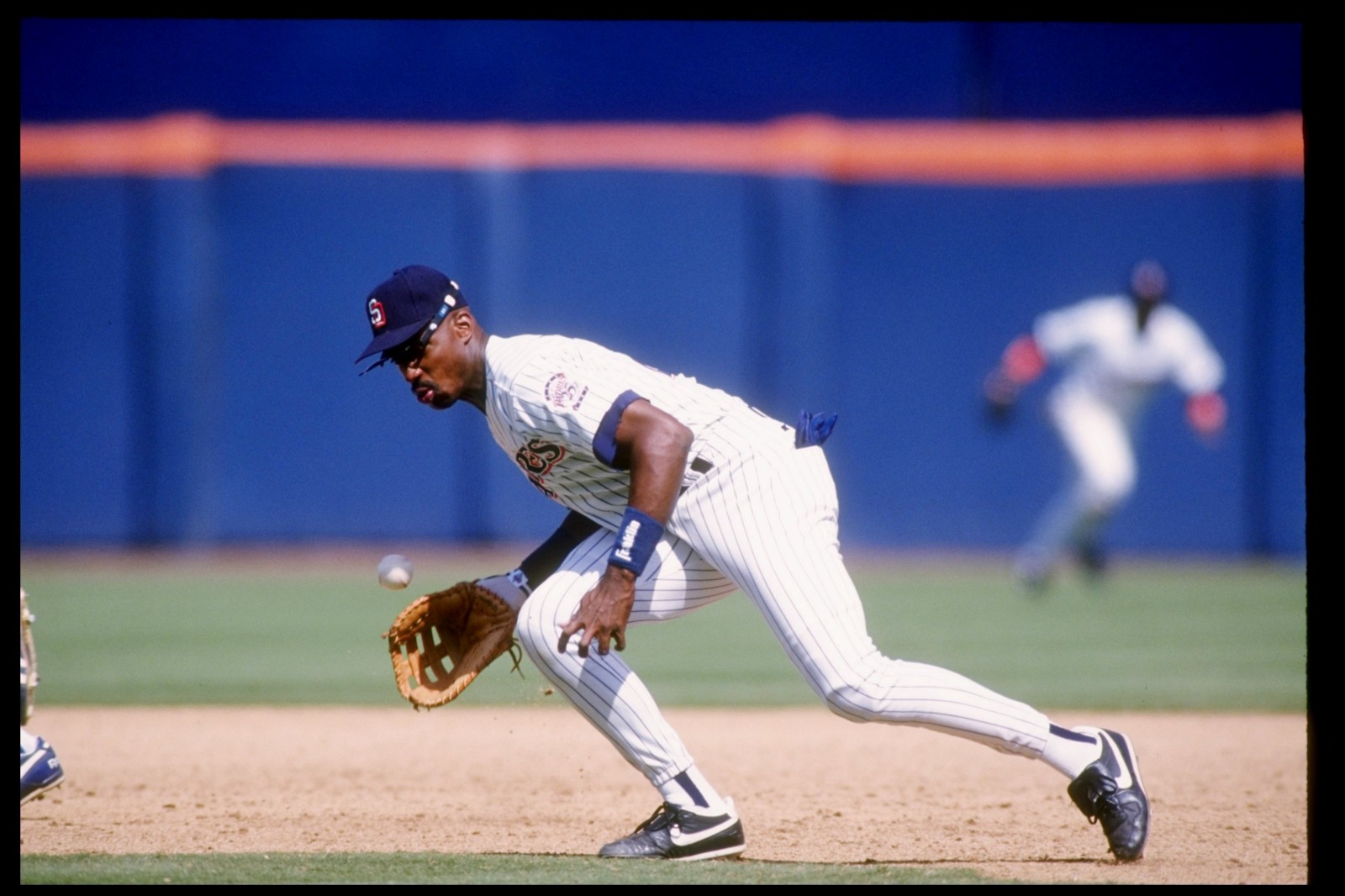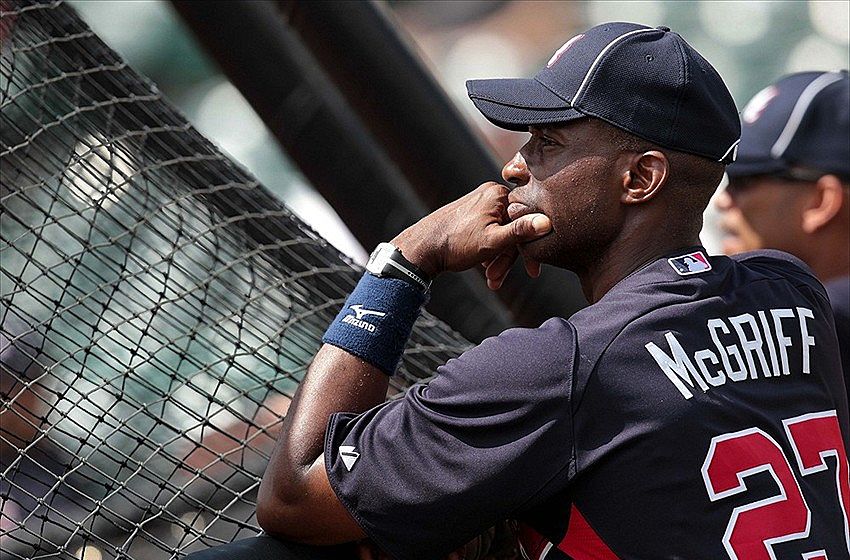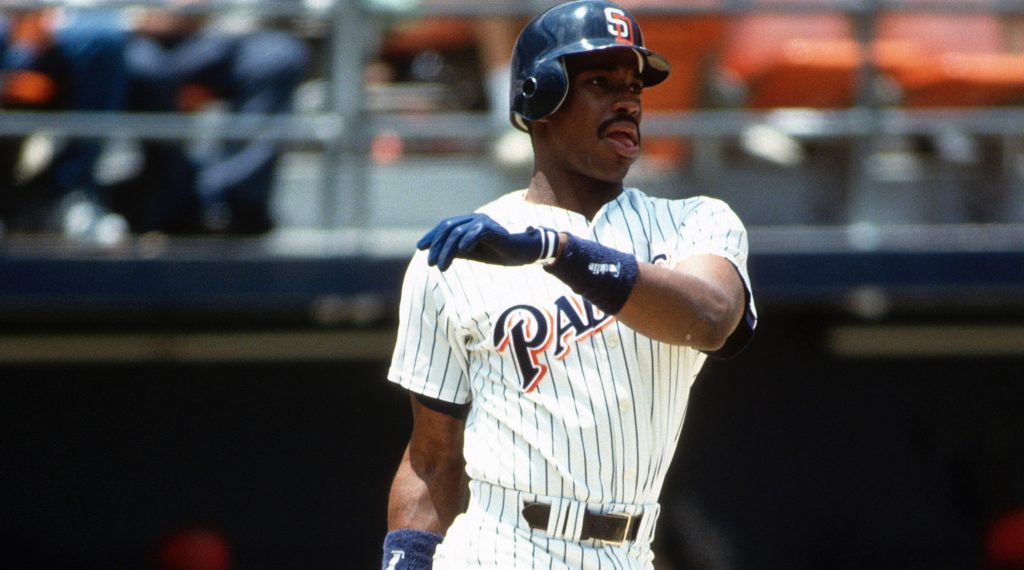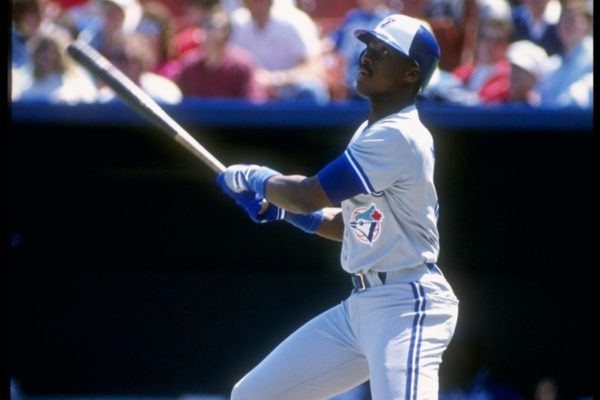Why Fred McGriff Belongs In The Hall of Fame

Credit: AP Photo

It is Major League Baseball Hall of Fame season and there is one player who is deserving of more recognition. Former Padre Fred McGriff is on the cusp for admittance and really should be allowed to enter eventually.
The official announcement of who is going into baseball’s Hall of Fame is one of the sport’s most exciting annual moments.
This year, Mariano Rivera should make it on the first ballot; he is easily the greatest closer of all time, with Trevor Hoffman being a close second.
In my view, the following should also be voted in:
Curt Schilling—I wasn’t really in favor of his induction at first. But when I looked at his numbers objectively (1.13 career WHIP, 3,116 strikeouts including nine seasons with over 180 and three with over 300, all despite struggling with injuries throughout his career, and being a hero in two World Series), I realized he should be in.
Edgar Martinez—I realize this is controversial since he was a DH, but his numbers (including a .933 OPS and 147 OPS+, two batting titles, seven seasons batting above .320, etc.) are enough for me.
Mike Mussina—A very consistent pitcher who won 270 games, then retired after his only 20-win seasons. Talk about going out on top!
But there is another name that should be in, and it is shameful that he has not yet, despite this being his tenth (and final) year of eligibility: former Padre (and Blue Jay, Brave, Ray, Cub, and Dodger) Fred McGriff.
“Crime Dog”
Why McGriff? He didn’t have 500 career home runs or 3,000 career hits (two unofficial markers for HOF eligibility), and he never had a 40-homer season.
So then, what is the case for “Crime Dog?”
- Ten seasons with 30 or more home runs (by comparison, HOFers Jimmie Foxx had 12, Lou Gehrig, Eddie Mathews, and Mike Schmidt each had nine, while Babe Ruth had eight);
- Eight seasons with 100-plus RBI, and four additional seasons with at least 90;
- A five-time All-Star, three-time Silver Slugger, and he received MVP votes in eight seasons;
- Durability: 10 seasons with at least 150 games, and four more with at least 140;
- A career triple-slash of .284/.377/.509 with a career 52.4 WAR, 134 OPS+, and .886 OPS, which ranks favorably with many Hall of Famers (see below).
He also smashed 493 home runs (ahead of HOFers Stan Musial, Willie Stargell, Chipper Jones, Dave Winfield, Carl Yastrzemski, Jeff Bagwell, and last year’s inductee, Vladimir Guerrero) with 1,550 career RBI (ahead of HOFers Willie Stargell, Joe DiMaggio, Mickey Mantle, Orlando Cepeda, and Billy Williams), and 2,490 career hits.

As Opposed To…
Now, let’s compare McGriff to five comparable ballplayers who are already in the Hall of Fame.
We will begin with Tony Perez. For his career, Perez slashed .279/.341/.463 with a .804 OPS, 122 OPS+, and 379 home runs—all less than McGriff.
Where was Perez better? In just two areas: he had 1,652 RBI and 53.9 WAR. Then again, Perez played in 300 more games than McGriff, with over 700 more career at-bats.
But didn’t Perez reach a pinnacle that McGriff never did—hitting 40 home runs in a season? Yes, he did, once: in 1970. And the year before that, he smashed 37. Those were his only seasons with 30-plus home runs.
Then there is Orlando Cepeda. While his career numbers were solid (379 HR, 1,365 RBI, 50.2 WAR, .849 OPS, 133 OPS+), McGriff’s are higher (though Cepeda’s lifetime batting average is better). Cepeda had one season with 40-plus home runs and five with at least 30.
Next, let’s consider Billy Williams. While he was mostly a left fielder, his numbers are slightly below McGriff’s: (426 HR, 1,475 RBI, .853 OPS, 133 OPS+). Like Cepeda, Williams also had one 40 homer season and five with 30 or more.
Now, we’ll take a look at Willie Stargell. A one-time co-MVP, Stargell spent his entire 21-year career with Pittsburgh. He averaged .282, smashed 475 home runs, had 1,540 RBI, with a .889 OPS and a 57.5 WAR with five 100-plus RBI seasons, and six 30-plus HR seasons (two with 40 or more). Aside from a higher OPS+ (147-134), his career is otherwise comparable to McGriff’s.

Lastly, let’s consider Willie McCovey, one of the elite slugging first basemen of the modern era (and a Padre from 1974-76). While he is superior to McGriff in many areas (higher WAR and OPS+, more home runs), other numbers are quite comparable to “Crime Dog’s”: McCovey had just five more RBI, and his OPS was merely .003 higher.
Conclusion
As you can see, McGriff’s numbers compare very favorably when contrasted to these Hall of Famers. Yes, he did not have as many out-of-this-world seasons as others; but ten seasons of 30 or more home runs and 14 seasons of 90-plus RBI rank among baseball’s very best.
And lest I forget, he led the 1995 Atlanta Braves to the World Series, and several pennants. Granted, these are team accomplishments, and I wince whenever I hear of a player who is being touted as a potential HOFer almost solely due to his post-season success (see Pettitte, Andy).
That said, a player’s post-season stats often tip the scale with regard to their potential Cooperstown credentials. With that in mind, McGriff batted .303 with a .917 OPS and 10 home runs in 50 post-season games (218 at-bats). In two World Series’ (1995 and 96 with Atlanta), he hit four homers with a .605 slugging percentage and a .989 OPS. That’s some solid hitting in the most pressure-packed games of all.
I close by asking: should the fact that he was a mere seven home runs short of the magic 500 disqualify him from the Hall of Fame (and only then because of the strike-shortened 1994 and 1995 seasons)? Because really, that’s what it boils down to.
Fred McGriff belongs in the Hall of Fame.
A native of Escondido, Greg is a free-lance writer who currently resides in Western Canada. He remains an avid Padres fan.
Good article. I completely agree about McGriff. I just published a post making an argument for the Crime Dog on my blog, CheapHill44.
I’d give Mc Griff a vote, but only after Todd Helton who should be a first ballot inductee
I agree, and with Baines going in, truly deserving players should be automatic.